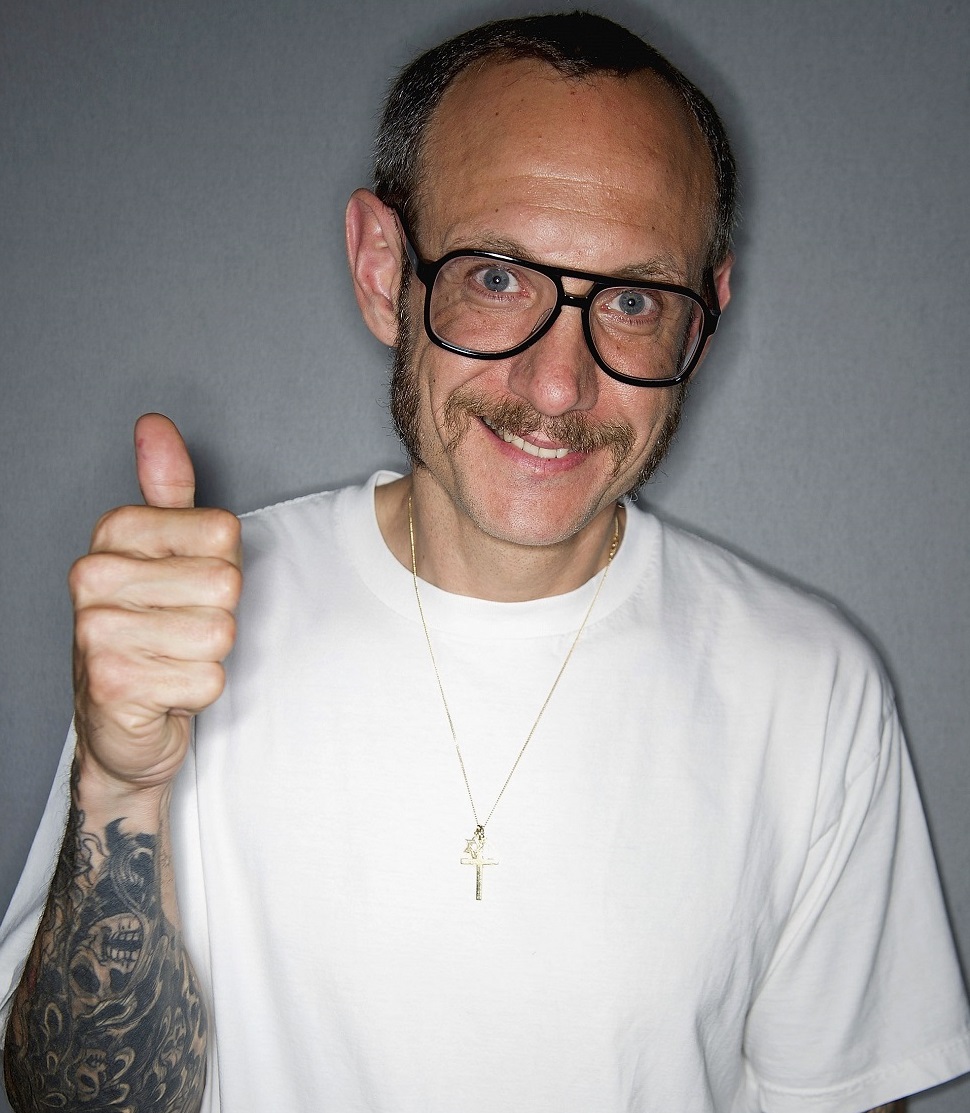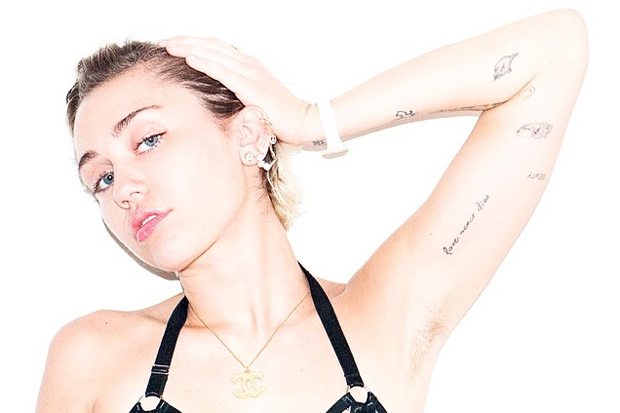Why has it taken so long for magazines to distance themselves from Terry Richardson?
Kate Upton in a bikini, pulling the bottoms down. A teenage, topless Daisy Lowe kissing her then-boyfriend. Miley Cyrus on a giant wrecking ball, naked but for a pair of Dr Martens. Since the 90s, the photographer Terry Richardson has been known for an almost soft-porn aesthetic, which includes nudity, innuendo and simulated sex acts.
One of fashion photography’s biggest names, Richardson has photographed Barack Obama, taken pictures for Vogue, Harper’s Bazaar and GQ, and directed pop videos for Beyoncé, as well as Cyrus. He even has a nickname – Uncle Terry.



Why have things changed now? It may, of course, be due to the Weinstein effect. Caryn Franklin, the fashion journalist and diversity campaigner, first wrote about Richardson’s behaviour in 2013. She thinks the tipping point comes down to the fact that “we have had several very high-profile predators that have been stopped – Jimmy Savile, Max Clifford, Rolf Harris and Harvey Weinstein.”

Like Weinstein, Franklin says Richardson was protected for a long time by other powerful people: “I have had people I respect say to me: ‘But he’s a very nice person, you simply don’t know him’. I’ve had them suggest that I am trying to damage his career.” Richardson has always denied abuse.
Franklin is joined by models Cameron Russell and Edie Campbell in her crusade to protect young women in the fashion industry. The duo have been vocal on social media this month, sharing stories of abuse on Instagram with the hashtag #MyJobShouldNotIncludeAbuse. Christy Turlington also came out to say “the fashion industry is surrounded by predators."

Even before the Richardson news broke, it was announced that New York is introducing the Models Harassment Model Protection Act, after consultation with the Model Alliance, the organisation led by ex-model Sara Ziff. The intention is that models will now be protected in the photoshoot environment, with brands and magazines liable should harassment occur.
To see this as the death knell of Richardson’s career is probably overstating the power of Condé Nast. “People who have spoken out haven’t damaged his career,” says Franklin. “He has damaged his career … I categorically am not concerned with whether he can earn his next million.”





